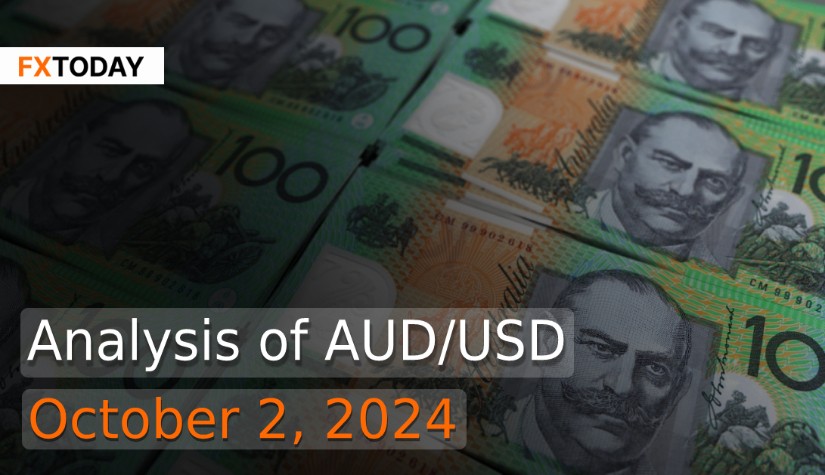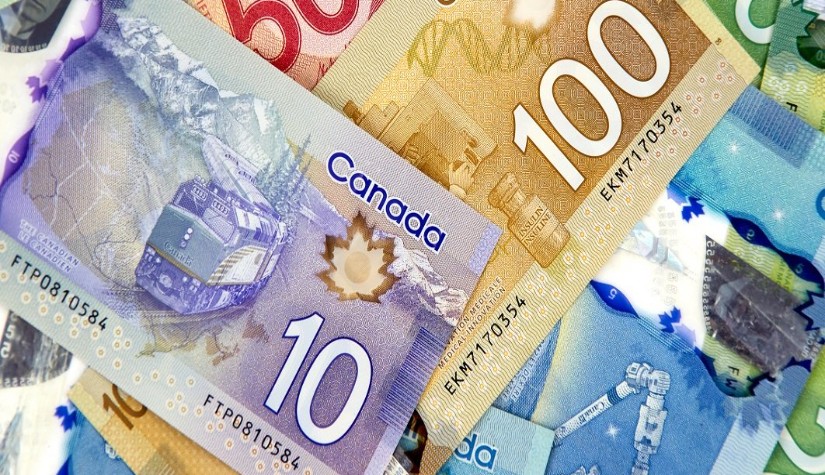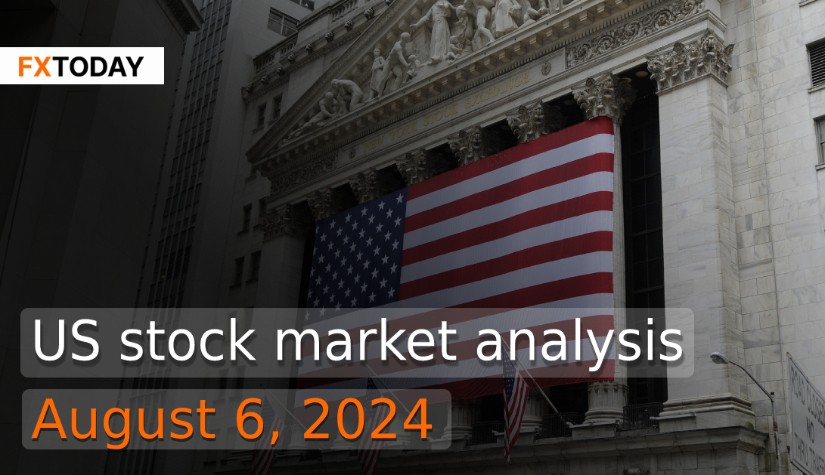Australian Dollar Fluctuates as Retail Sales Rebound and Inflation Hits Three-Year Low
The Australian dollar slipped to $0.6883 earlier, but losses were limited by positive retail sales data. Retail sales in August bounced back more than expected after a weak July, driven by unusually warm weather that spurred spring spending. This may signal that consumers are tapping into extra disposable income from recent tax cuts, which gave average wage earners an additional A$1,500 annually. The Reserve Bank of Australia (RBA), however, remains cautious, concerned that consumption might rise more than anticipated due to these tax cuts and improving real incomes.
Australia's once red-hot property market is cooling. In September, home prices increased by just 0.4%, with a surge in property listings hitting a three-year high and lower auction clearance rates suggesting the market has lost some momentum at the start of the typically busy spring season. The overall slowdown has eased some concerns that financial conditions were too loose, despite earlier worries driven by rapid property price increases.
Inflation also moderated, hitting a three-year low in August. The Consumer Price Index (CPI) increased 2.7% year-on-year, down from 3.5% in July, in line with expectations. This drop was largely due to government rebates on electricity, which reduced prices by nearly 15%, and a 3.1% decline in petrol prices. However, core inflation—excluding volatile items like fuel and fresh food—remained elevated at 3.4%, although it was down from 3.8% in July.
The RBA’s inflation target is 2-3%, and while headline inflation briefly fell within this range, the central bank expects the trend to be temporary. They foresee inflation picking up again in the coming months and expect inflation to stabilize within their target range only by 2026.
Australia's labor market showed further signs of cooling, with job vacancies falling for the ninth consecutive quarter, down 5.2% in the three months to August. This decline was widespread, affecting 11 of 18 industries, with the largest drops in accommodation, food services, and manufacturing. Job openings were 17.1% lower than a year earlier, though still 45% higher than pre-pandemic levels.
On the fiscal side, Australia recorded a budget surplus of A$15.8 billion for the year ending June 2024, marking its second consecutive surplus. This was attributed to reduced government spending, with Australians focusing on essential services amid high inflation and rising mortgage rates. The surplus, which represents 0.6% of the country's gross domestic product (GDP), exceeded the government's May forecast of A$9.3 billion. This followed a larger surplus of A$22.1 billion for 2022/23, the first in 15 years, underscoring the government's strategy to control inflation while providing financial relief to families.
Meanwhile, the U.S. dollar strengthened on Wednesday, marking its largest gain in a week, following an Iranian missile attack on Israel that spurred demand for safe-haven assets, and was also aided by a stronger-than-expected U.S. job openings report. Oil prices are likely to be influenced by Israel's response, with market analysts noting the situation's unpredictability. However, in the absence of further escalation, markets may shift their focus back to economic fundamentals.
On the U.S. labor front, job openings unexpectedly increased in August after two months of declines, signaling resilience in labor demand despite signs of a slowing market. According to the Labor Department’s Job Openings and Labor Turnover Survey (JOLTS), there were 1.13 job openings per unemployed person in August, up from 1.08 in July. Resignations were at a four-year low, indicating workers' growing caution.
U.S. manufacturing activity remained weak in September, though new orders improved, and input prices fell to a nine-month low, signaling potential for recovery in the coming months. Meanwhile, construction spending unexpectedly fell in August, following a sharper decline in July, due to a decrease in single-family housing projects. While borrowing costs are decreasing, builders have been hesitant to start new projects amid a growing supply of new homes and buyers waiting for lower mortgage rates.
On the other hand, the U.S. overnight funding interest rate surged on Monday, reflecting tighter liquidity in money markets as the quarter ended. The Secured Overnight Financing Rate (SOFR) rose to 4.96%, its largest one-day increase since March 2020, driven by funding pressures and market turbulence, while a spike in repo rates signals cash scarcity in key Wall Street markets. Consequently, the AUD/USD pair is anticipated to fluctuate within a broad range during this time, with the Australian dollar's appreciation expected to be constrained in the medium term.
Data for Technical Analysis (1D) CFD AUD/USD
Resistance : 0.6922, 0.6941, 0.6972
Support : 0.6860, 0.6841, 0.6810
1D Outlook
Source: TradingView
Buy/Long 1 If the support at the price range 0.6810 - 0.6860 is touched, but the support at 0.6860 cannot be broken, the TP may be set around 0.6927 and the SL around 0.6785, or up to the risk appetite.
Buy/Long 2 If the resistance can be broken at the price range of 0.6922 - 0.6972, TP may be set around 0.7010 and SL around 0.6835, or up to the risk appetite.
Sell/Short 1 If the resistance at the price range 0.6922 - 0.6972 is touched, but the resistance at 0.6922 cannot be broken, the TP may be set around 0.6846 and the SL around 0.6997, or up to the risk appetite.
Sell/Short 2 If the support can be broken at the price range of 0.6810 - 0.6860, TP may be set around 0.6755 and SL around 0.6947, or up to the risk appetite.
Pivot Points Oct 2, 2024 02:56AM GMT
|
Name
|
S3
|
S2
|
S1
|
Pivot Points
|
R1
|
R2
|
R3
|
|---|---|---|---|---|---|---|---|
| Classic | 0.6765 | 0.681 | 0.6846 | 0.6891 | 0.6927 | 0.6972 | 0.7007 |
| Fibonacci | 0.681 | 0.6841 | 0.686 | 0.6891 | 0.6922 | 0.6941 | 0.6972 |
| Camarilla | 0.686 | 0.6867 | 0.6875 | 0.6891 | 0.6889 | 0.6897 | 0.6904 |
| Woodie's | 0.6761 | 0.6808 | 0.6842 | 0.6889 | 0.6923 | 0.697 | 0.7003 |
| DeMark's | - | - | 0.6829 | 0.6882 | 0.6909 | - | - |
Sources: Investing 1, Investing 2
















